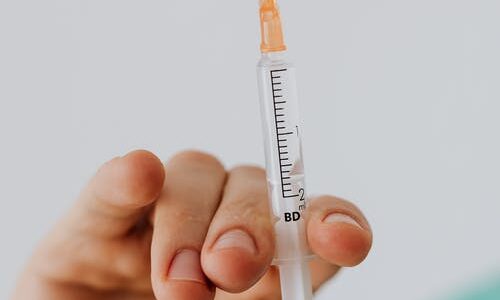The C section section is the most challenging section of the birth. For a new mother, it can be very painful and difficult to recover. However, with proper medical assistance, recovery is possible. The size and position of your baby is also known to affect the recovery process.
C-Section recovery is a term to describe the process of recovering the uterus after a cesarean section. C section recovery is an extremely important procedure and it has been around for many years. However, most women have not been aware of its existence and it has been very difficult to recover from it. This article will help you understand what c section recovery is and how to do it successfully.
Overview of Cesarean Section Recovery After Child Birth
The c section recovery after childbirth is a procedure where the doctors perform a surgical procedure to repair and reconstruct the abdominal wall. The majority of doctors are comfortable with performing cesarean section but some are not. It is common for women to have an abnormal birth experience and have a cesarean section. The majority of women feel uncomfortable having their baby in the hospital and want to keep their baby at home, which makes them feel more comfortable during labor. It is common for women to have an abnormal birth experience and have a cesarean section. This makes them feel uncomfortable during labor, causing anxiety that can be relieved. It also helps them keep their baby at home, which makes them feel more comfortable during labor and delivery.
What to expect after C Section childbirth
After childbirth, there is a risk that the tissues around the uterus and fallopian tubes may be damaged. This may cause blood clots in the legs, lungs and neck.
The risk is most pronounced in women who have had a cesarean section and the fallopian tubes are involved. In fact, about 10% of women will experience bleeding between their legs in the weeks following childbirth. These symptoms usually resolve within a month’s time but there is no way to prevent blood clots from forming. There may be bleeding between the legs, breathlessness and in more serious cases, swelling of the lower legs and ankles. If a blood clot forms in your leg or it becomes inflamed, you may have pain when you urinate and difficulty walking. The condition is called venous thrombosis. It can affect women who have had a c section as well as live births.
Benefits of Cesarean section childbirth
C-section recovery has been a controversial issue for decades. There are many arguments on the pros and cons of c section recovery. Some doctors believe it is not only necessary but also very effective in reducing the risk of stillbirth or neonatal death. While others argue that it is not necessary to do cesarean section during pregnancy and a few studies have shown that cesarean section can be avoided by having vaginal birth instead of cesarean section.
A cesarean section (or “section”) is an emergency birth that is normally performed because of a life-threatening situation. A Cesarean section birth rate of 25% to 30% is considered normal, with estimates ranging from 12% to 18%. This means that if you contract a serious infection or are severely malnourished, you have a higher risk for complications.
What is the Risks of C-Section?
Nowadays, the most common reason why a baby is delivered by cesarean section (C-section) or episiotomy (or episiotomy recovery) is that the mother suffers from labor complications and her body cannot carry a baby naturally. Cesarean section can be avoided if preterm babies are born around 37 weeks or if there is a complication such as fetal distress, preeclampsia and/or preterm labor.
With manual extraction of the baby from the birth canal, it may take some time to get an accurate measurement of the baby’s head and body length. This can change depending on whether he or she is not breathing normally, has a large head or a large body. If the baby’s head is larger than normal, it may take longer to get a measurement of the baby’s head length. We must remember that when an infant is born, his body weight can vary from birth to birth. Which can cause problems like skin flexion and reflux.



